Mike Oldfield is a strange boy who carries around a wound: the memory of the mother who, after the death of a son with Down syndrome, spent her life a slave to barbiturates going from one psychiatric hospital to another until her death in 1975. Two years earlier, Oldfield gained worldwide fame thanks to an instrumental album composed of two suites of 20-odd minutes per side, which almost entirely dispenses with the rhythm section and which blends folk, classical, minimalism, ante litteram new age and a series of unforgettable melodies.
However, success has not pacified the musician who continues to suffer from panic attacks, shyness and assorted insecurities. And to think that he had an iron inventiveness and constancy: as soon as he was eighteen he had the idea of making a record playing all the instruments by himself. So he got busy manipulating his modest tape recorder to allow rudimentary overdubs. After assembling a long composition titled Opus One began to go around the labels accumulating various rejections due to the low commercial potential of the proposal. However, he managed to propose it to the young entrepreneur Richard Branson. Not only did he like it, but he gave him the opportunity to record in his luxurious Manor Studio, with the promise of creating a new record label called Virgin Records especially for him.
When tubular bells is published, May 25, 1973, sells very slowly. It comes out in a period in which prog is the master, but her musical structure is a long way from rock. In December, however, a miracle takes place that totally changes the fate of the record and soon consecrates the shy Mike to superstar. The opening theme of the first part is in fact chosen for the soundtrack of the horror film The exorcist and so tubular bells charted in the top 10 best-selling albums in the UK for over a year, going on to sell 15 million copies worldwide.
The disc is Mike Oldfield’s cross and delight whose insecurity grows enormously when the doubt creeps into him that after all the success has come mainly thanks to the film. He racks his brain even more when he realizes that, no matter how many attempts he puts in, he is no longer able to touch certain peaks. Only once did he repeat the coup, in 1983 with Moonlight Shadow. The rest are various sequels to the best seller, but also a large number of albums that prove that not only by tubular bells his career is made.
So here is the ranking of the 10 essential albums of the British musician, where he gradually mixes the primitive formula with electronics, pop, soundtracks, world music, even dance.

Mike enters the 80s with one of his more prog albums (there is also Phil Collins on percussion) which, paradoxically, does away with the long suites and concentrates on more stringy songs. Taurus 1 becomes the perfect marriage between old and new, where new wave tracks are not excluded in the new. After so many instrumental discs (or with the voice used in an unconventional way) Maggie Reilly’s singing with a folk vein enters the scene, as well as the inclusion of winds and strings to relieve the leader of the task of playing all by himself.
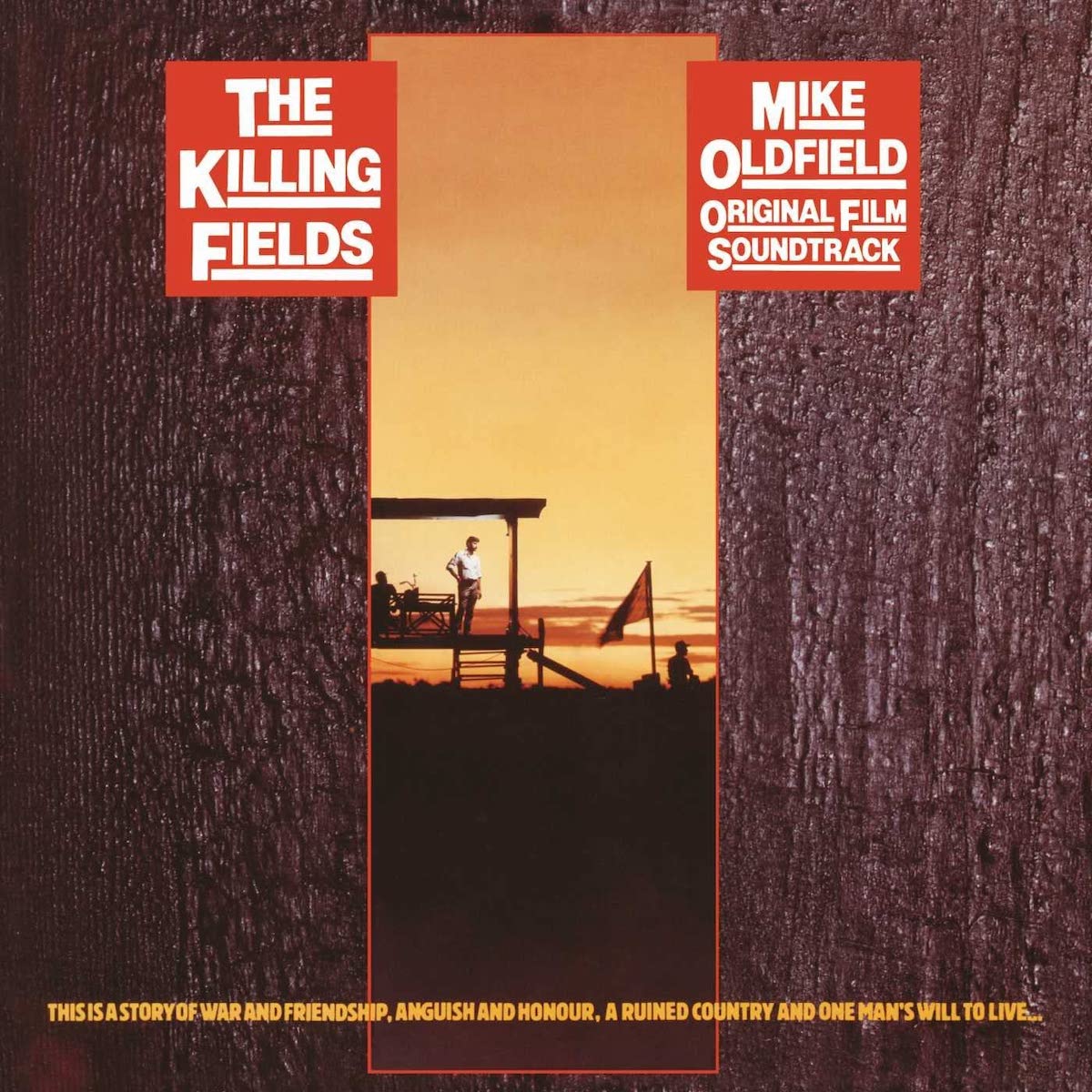
In 1984 the British director Roland Joffé offers Oldfield the possibility of composing the soundtrack of Screams of silence, film inspired by the story of the civil war in Cambodia. For the musician it is an opportunity to try his hand at a series of tasty sketches very distant from his canonical production in which he brings into play all the modern keyboard discoveries such as Fairlight CMI, Oberheim OBXa, Roland VP330 and Prophet V to explore ambient, world and experimental.
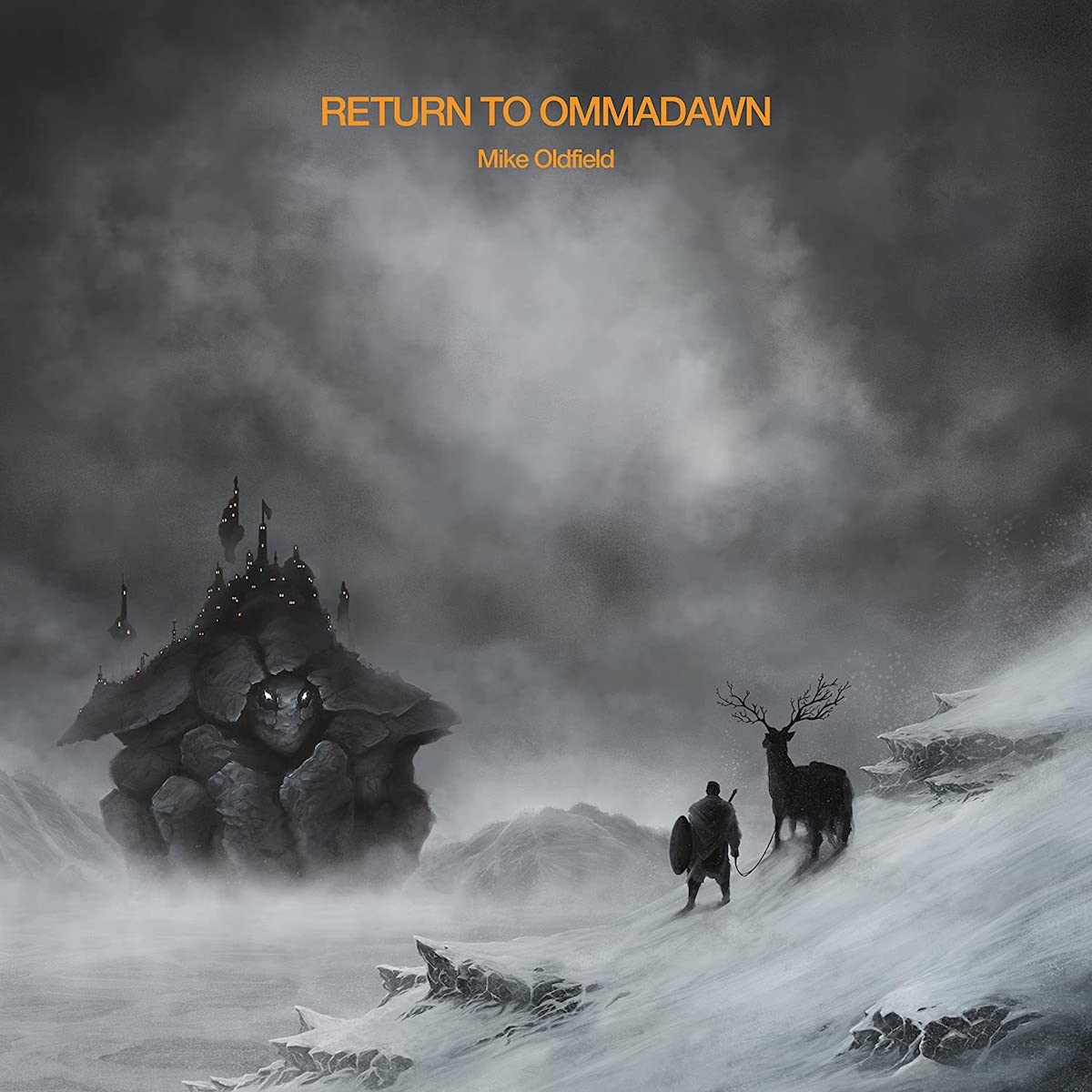
At the moment it seems that Mike Oldfield has retired from the scene. The swan song of his record production could therefore be this new sequel, this time not by tubular bells but of another of his most acclaimed albums, Ommadawn. It doesn’t have the same evocative power as the original, but it defends itself well, succeeding in the attempt to re-savour a less technological and more human Oldfield, as it hasn’t felt for decades.

In the early 80s Oldfield realizes it’s time to translate his music towards pop. Hence the inclusion of various voices and a song format that finds one of its highlights in the hit To France, crystalline pop-prog-Celtic epic with the angelic voice of Maggie Really. In any case, there is always a suite, even if a little shorter, and it is beautiful.
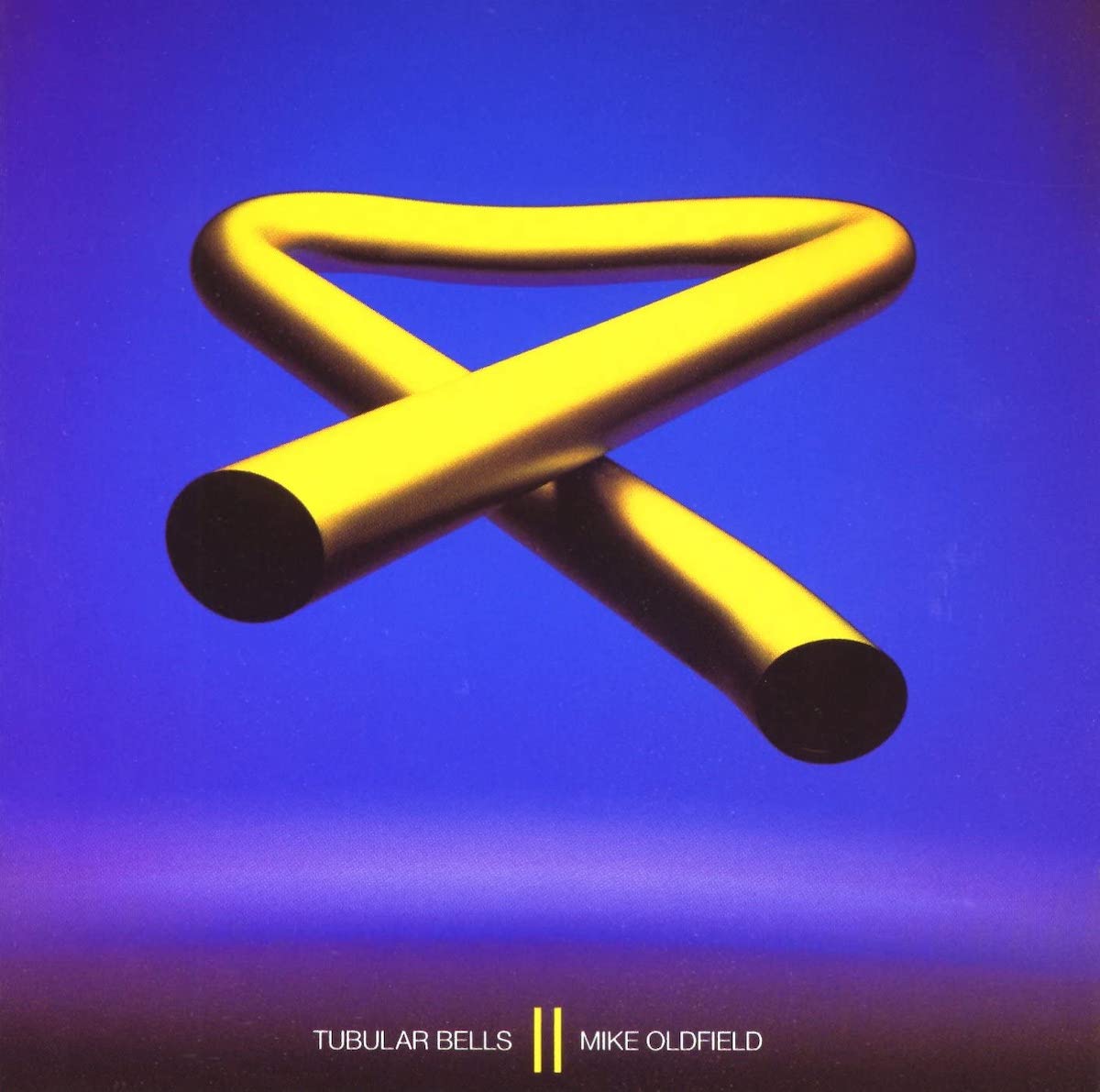
Not all sequels by tubular bells they come to harm. The former stands out for its freshness and honest attempt to offer a version of the best seller with renewed melodies and sounds. In the guise of the famous intro there is Sentinels which colors the music with dance and continues with electronic and world/Celtic grafts of varied nature. Had he been satisfied with this, it would have been good for himself and for his audience.
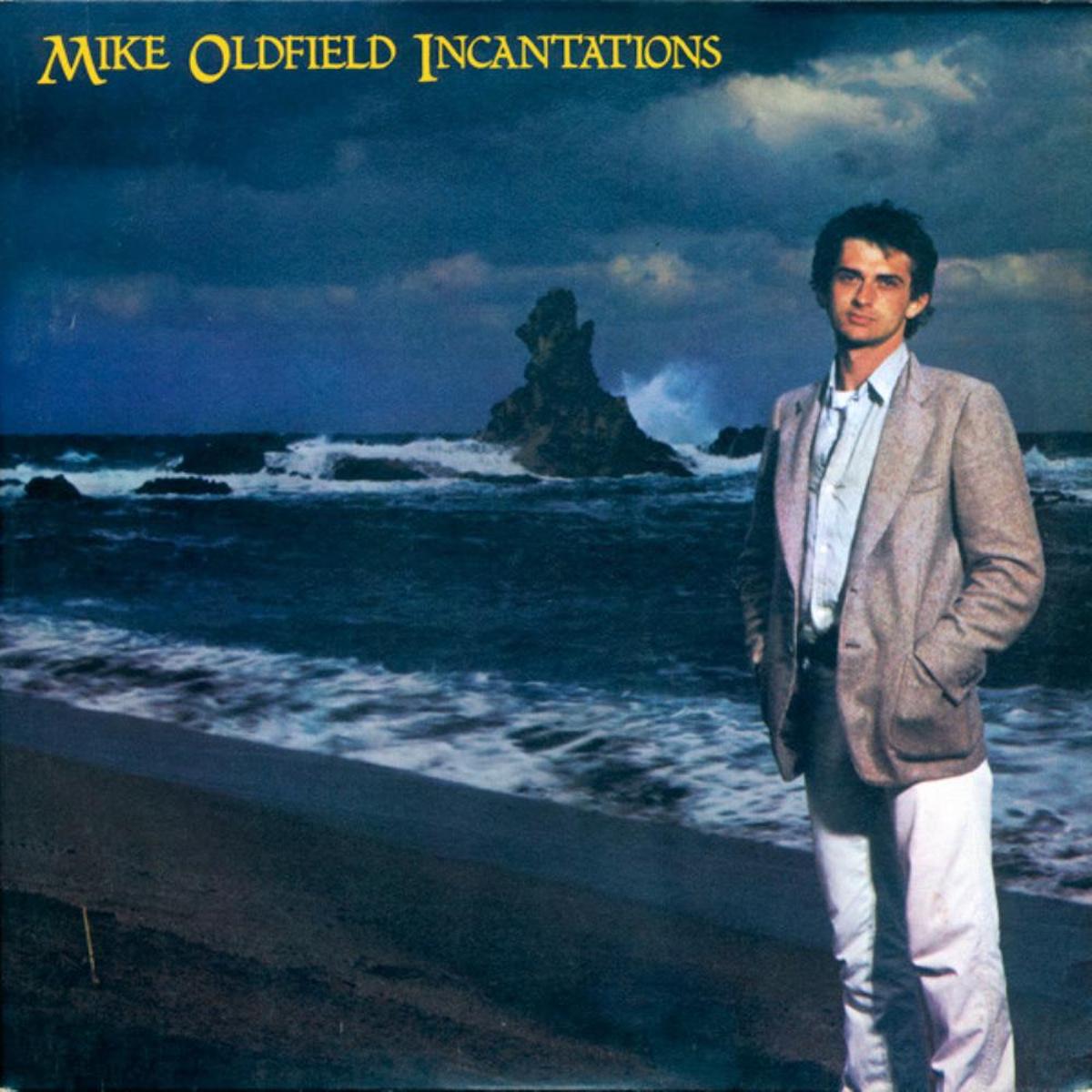
The 1978 Oldfield seeks a mediation: it maintains the lengths (and quadruples them with a suite distributed over a double LP), but here and there it lets us glimpse greater openings to different styles. The most massive influence is that of the minimalism of Philip Glass, only translated into prog-folk. There is something to enjoy even if perhaps 80 minutes risk tiring.
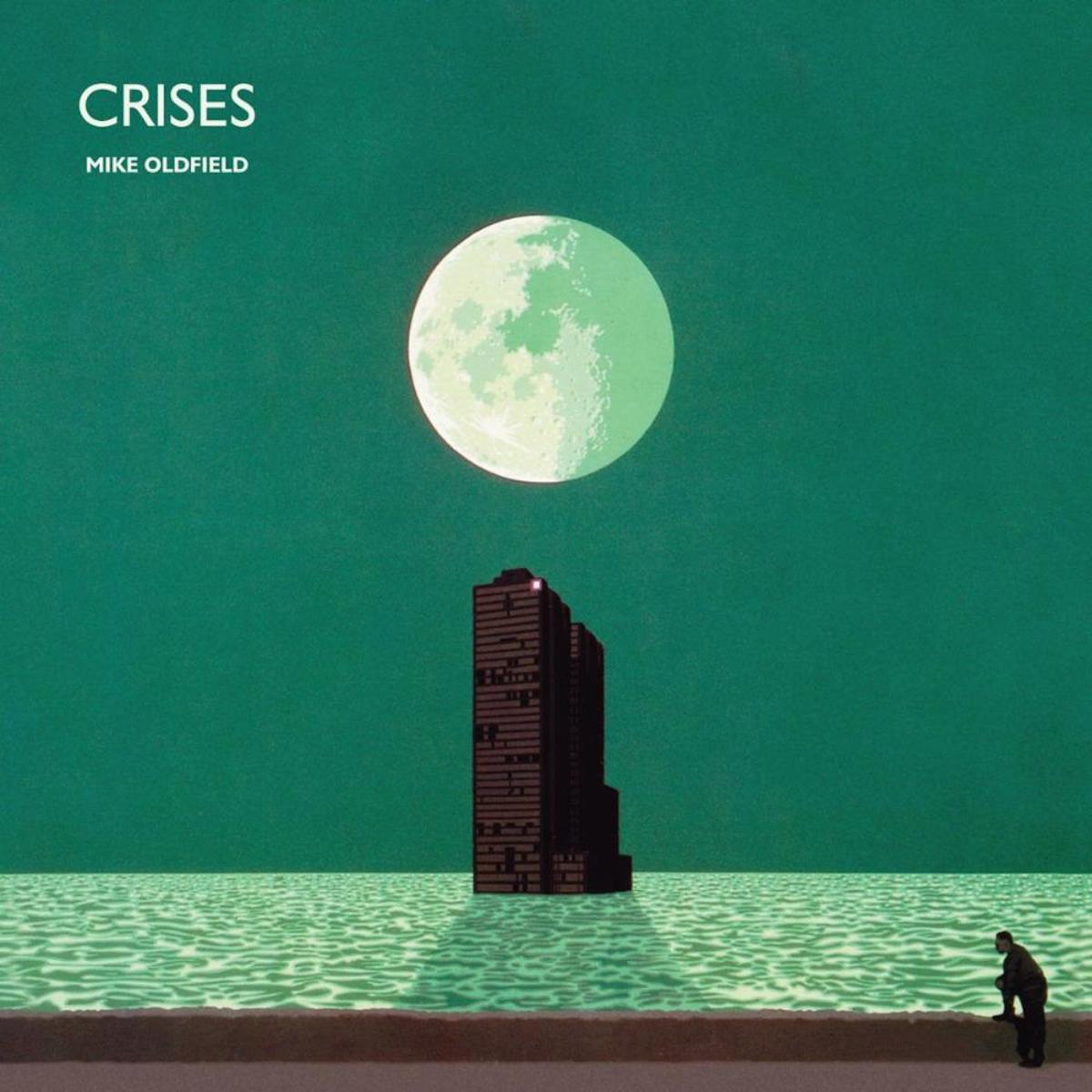
Crises it is the pop landing point in perfect harmony with the past. With a suite on one side full of electronic prog inventions (and the voice of Oldfield who finally turns out to be a singer too) and a B-side with the unforgettable Moonlight Shadow and the no less fascinating Foreign Affair, Balearic pop, very sweet and lysergic. There are deluxe guests such as that of Jon Anderson and Roger Chapman of Family. A must.
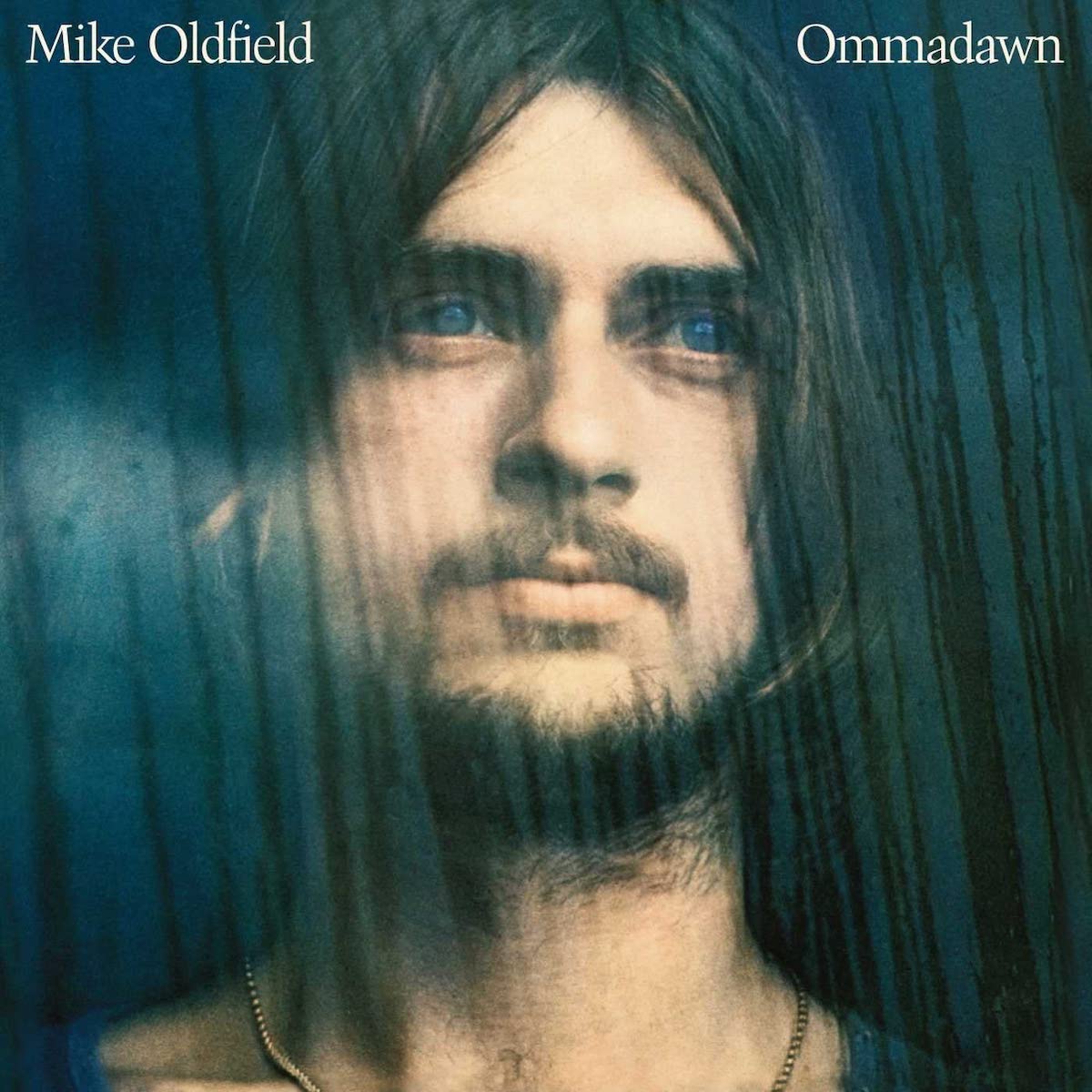
It is one of Mike’s most Celtic albums, but in which those atmospheres merge with African drums, years before Peter Gabriel and many others. A concentrate of harmony, with celestial arpeggios, touching airs that smell of nature, childish lullabies based on distorted guitar, tribal choirs and the continuous feeling of being in a lost paradise. Finally, a piece with the reciting voice of the musician that evokes the beauty of horse riding. A bliss.
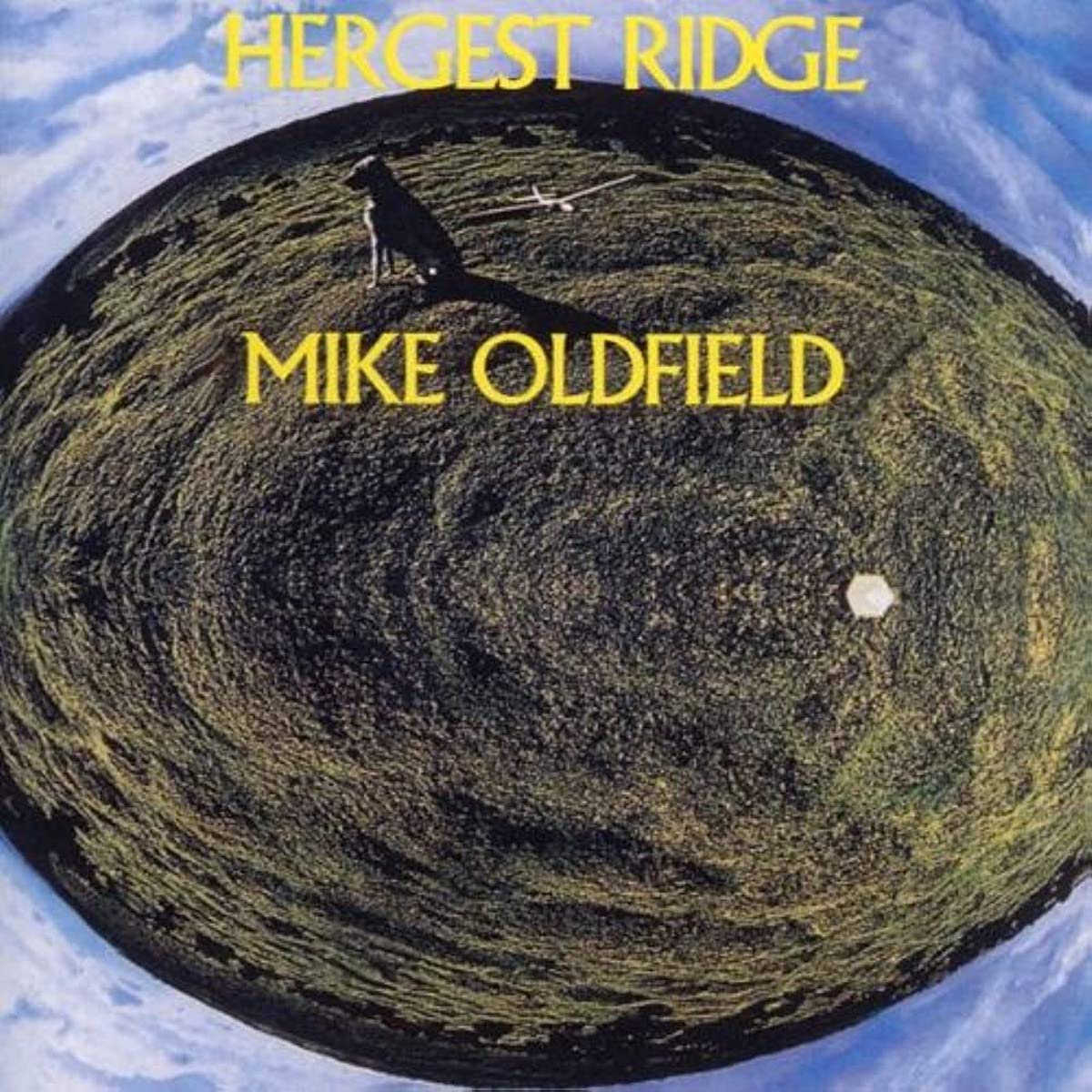
While tubular bells still raging in the standings, Oldfield already has the sequel ready, inspired by a hill in Herefordshire where he likes to retreat to find peace of mind. Hergest Ridge it has moments of supreme pastoral beauty, such as in the first part, when a trumpet evokes the panorama of an untouched English countryside. Elsewhere are furious minimalist sketches that serve to depict chaos before renewed peace described in a glorious choral finale.
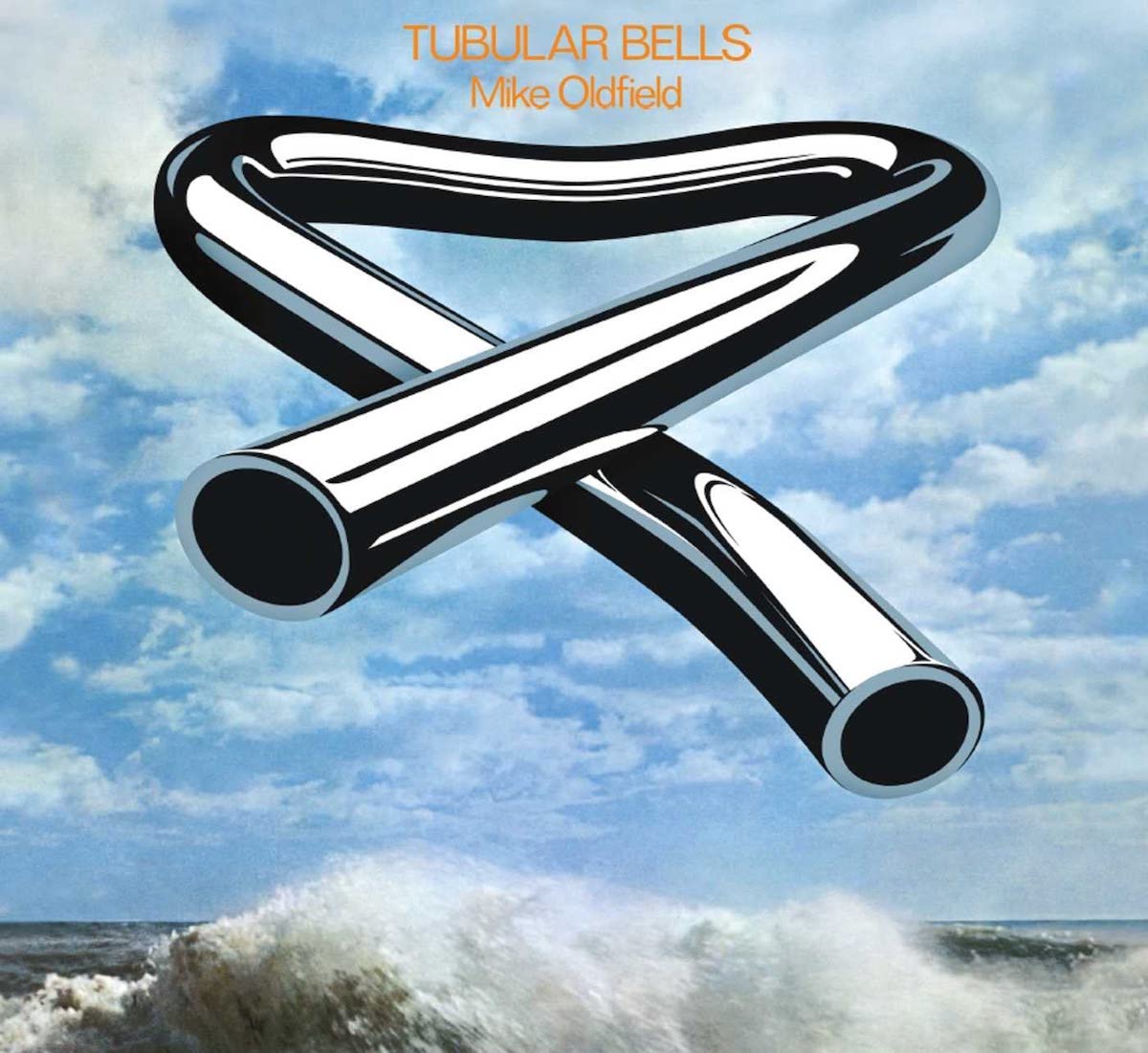
It is obvious, you know, no other record could be at the top. Beyond the deluge of things said on tubular bells, I invite you once again to listen to it and, especially on the first side, to be amazed by the splendid melodies, one more successful than the other, that Mike Oldfield was able to ring in those 25 minutes. Others would have built half a career with this material, Oldfield crammed everything in there, he didn’t spare himself with the ingenuity and passion of 20 years.

